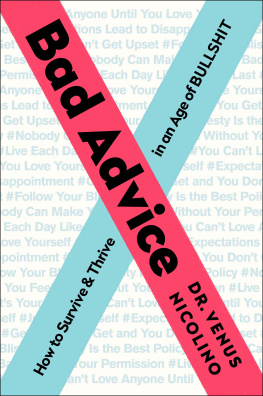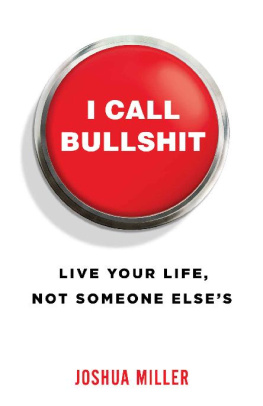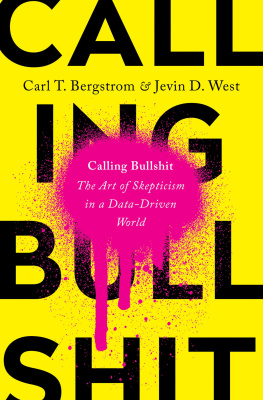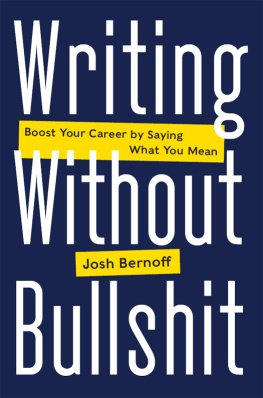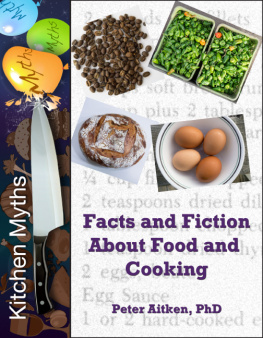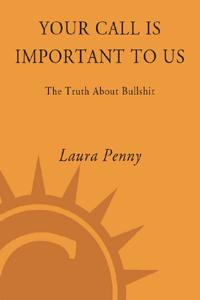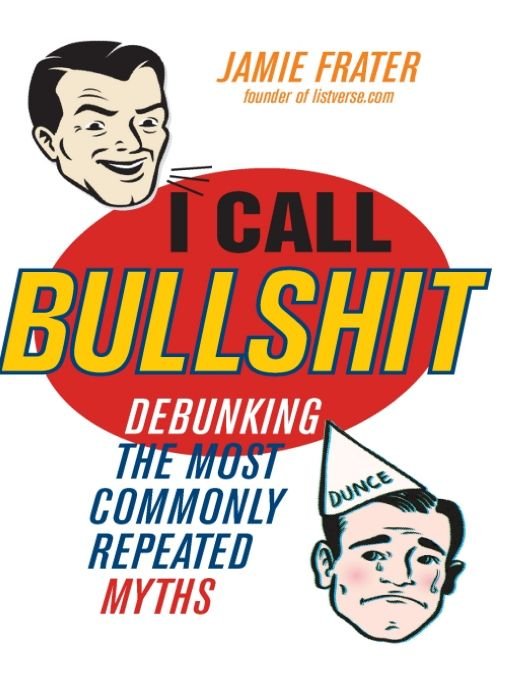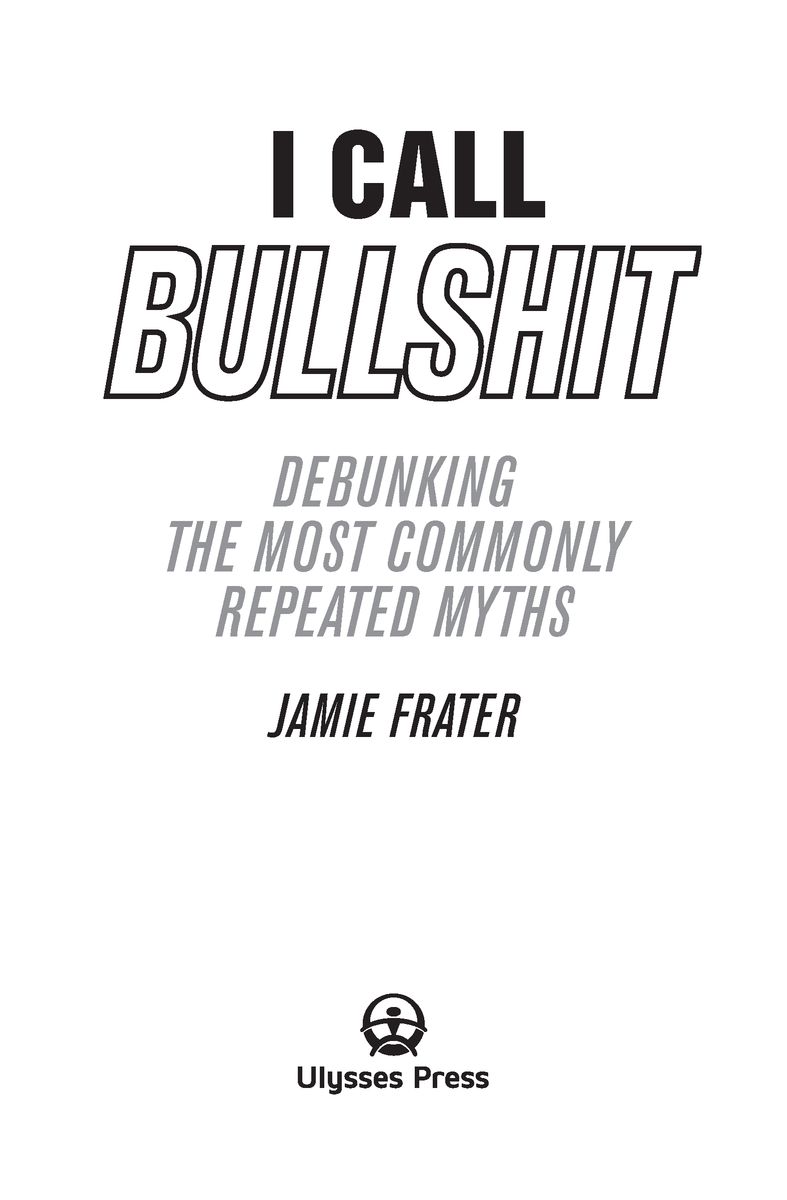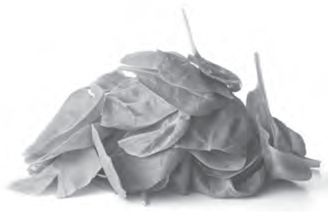Table of Contents
To anyone who has had to unlearn the misconceptions by which they have been deceived.
ACKNOWLEDGMENTS
Three years after the launch of Listverse, we are now seeing our third book in print. For that monumental achievement I have to thank all of the contributors to Listverse, be they editors, writers, or administrators. Also a debt of thanks is owed to the supportive readers who have made it all possible.
I would also like to thank all of the staff at Ulysses Press for their efforts and assistance in the preparation and publication of our books. They have all been supportive, professional, and, most importantly, friendly.
And finally I must thank all of my family members, loved ones, and friends for their seemingly infinite patience when listening to me rant about the latest bit of trivia I have scraped up in my constant search for new material.
FOOD
MYTH MSG (monosodium glutamate) is bad for your health and makes you sick.
BULLSHIT! MSG has a bad reputation for being harmful to health, but it is actually quite safe. MSG is a naturally occurring substance found in produce such as tomatoes, mushrooms, and seaweed. It was first isolated and presented in pure powder form in 1907 and 1909, respectively. MSG is a flavor enhancer that excites the fifth taste sense, umami (the others being salty, sweet, sour, and bitter). MSG is to umami as sugar is to sweet. Another term for umami (and a relatively good description of it) is savory. When you add MSG to a bland soup or stock, it can greatly increase the flavor and add a roundness that can not be obtained elsewhere. Most fine chefs will use natural MSG when possiblethrough the inclusion of tomatoes or mushroomsbut many will also use the powder.
Thanks to media scares around the world, people have a great horror of MSG, but those same people have no problems scarfing chips and other fast food and prepackaged foods, almost all of which contain MSG. A quick survey of supermarket shelves will reveal that most packaged seasonings and sauces contain MSG. An Australian study on Chinese Restaurant Syndrome shows no connection: rigorous and realistic scientific evidence linking the syndrome to MSG could not be found. Enjoy MSG!
MYTH There are traces of urine on bar nuts.
BULLSHIT! Apparently a scientific study on peanuts in bars found traces of more than 100 unique specimens of urine. But after a rigorous search for more information, it turns out that no scientific study (or non-scientific study for that matter) has ever been conducted on peanuts at bars. However, in the United Kingdom, there was a study done on ice cubes in bars in 2003. The study discovered that 44 percent of ice cubes tested contained coliform bacteriabacteria that comes from human poop. Even more shockingly, 5 percent were infected with the potentially deadly E. coli bacteria. I guess that proves that they arent making their ice cubes from bottled water. So, next time you are in London, pass on the ice and enjoy some peanuts instead.
MYTH Specific tastes correspond to specific parts of the tongue.
BULLSHIT! Contrary to popular belief, different tastes can be detected on all parts of the tongue. The original tongue map was based on a Harvard psychologists mistranslation of a German paper that was written in 1901. Sensitivity to all tastes occurs across the whole tongue as well as in other regions of the mouth where there are taste, like the epiglottis and soft palate.
MYTH Haggis, the national dish of Scotland, is Scottish.
BULLSHIT! It turns out that haggis (that tasty dish of minced lambs heart, lungs, and liver) is an import to Scotland, most likely from Scandinavia, and it arrived long before Scotland was even a nation. In fact, even the Romans used to eat a very similar dish, and it is mentioned in Homers Odyssey: A man before a great blazing fire turning swiftly this way and that a stomach full of fat and blood, very eager to have it roasted quickly. While we are on the subject, bagpipes are not Scottish either: They were described in ancient writings of the Hittites (from present day Turkey), and kiltsthough not tartanswere introduced to Scotland by the Vikings.
MYTH Spinach makes you stronglike Popeye the Sailor Man!
BULLSHIT! Actuallyit doesnt. This myth comes from the belief that spinach is high in iron, which is false. Believe it or not, this part of the myth comes from a handwriting error in 1870, when a Doctor Wolf accidentally put a decimal point in the wrong place and made it look like spinach had ten times more iron that it really does. Now to the strong part of the myth: In order to get muscle strength, you need to exercise and do weight training. Eating spinach (or anything else, for that matter) wont make you strong on its own; it will only give you the energy you need to survive your workout.
MYTH Six meals a day is healthier than three.
BULLSHIT! A relatively recent diet phenomenon involves switching from three to six meals per day. This can be okaybut only if you are extremely good at controlling your portion sizes; it is all too easy to turn six small meals into six large meals. This myth again comes down to the whole calories per day rule. If your three large meals contain as many calories as your six small meals, there is no difference at all. For the majority of people, it is easier to put the time aside for three meals, so this is still the best choice for most. The time of day that you eat does not have a bearing on weight gain or loss.
MYTH High-fructose corn syrup (HFCS) is making us fat.
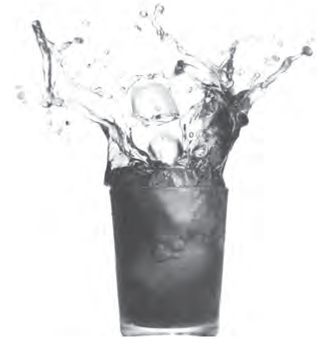
BULLSHIT! HFCS entered the American food supply in the 1970s, and the rates of obesity started to rise about then. Consequently, many blame HFCS for the fat plague. Its true, of course, that the calories HFCS contributes can be linked to the nations obesity problems, but in terms of calorie count, its no different from refined white sugar: The makeup of HFCS (55 percent fructose and 45 percent glucose) is close to that of white sugar (50 percent fructose and 50 percent glucose), which means that our bodies digest HFCS and sugar in very similar ways. Nutritionally speaking, the two are virtually identical. Interesting fact: Coca-Cola produced in Mexico is still made with sugar (as opposed to corn syrup in the U.S.), and many people claim to be able to taste the differencerefusing to buy the inferior American coke. Unfortunately, a truly scientific blind test has not been done and the various tests to be found online vary widely in their conclusions.
MYTH Coffee helps sober a person up.
BULLSHIT! Alcohol is metabolized by the body at a constant rate (one unit of around one-third ounce per hour), and you cant do anything to make it happen faster. Beer contains two units of alcohol per pint, so if you drink two pints, it will take four hours for your blood alcohol level to return to zero. All coffee will do is make you a wide-awake drunk, just as a cold shower will make you a wet drunk. All you can do is settle down and wait for the effects to pass naturally.



